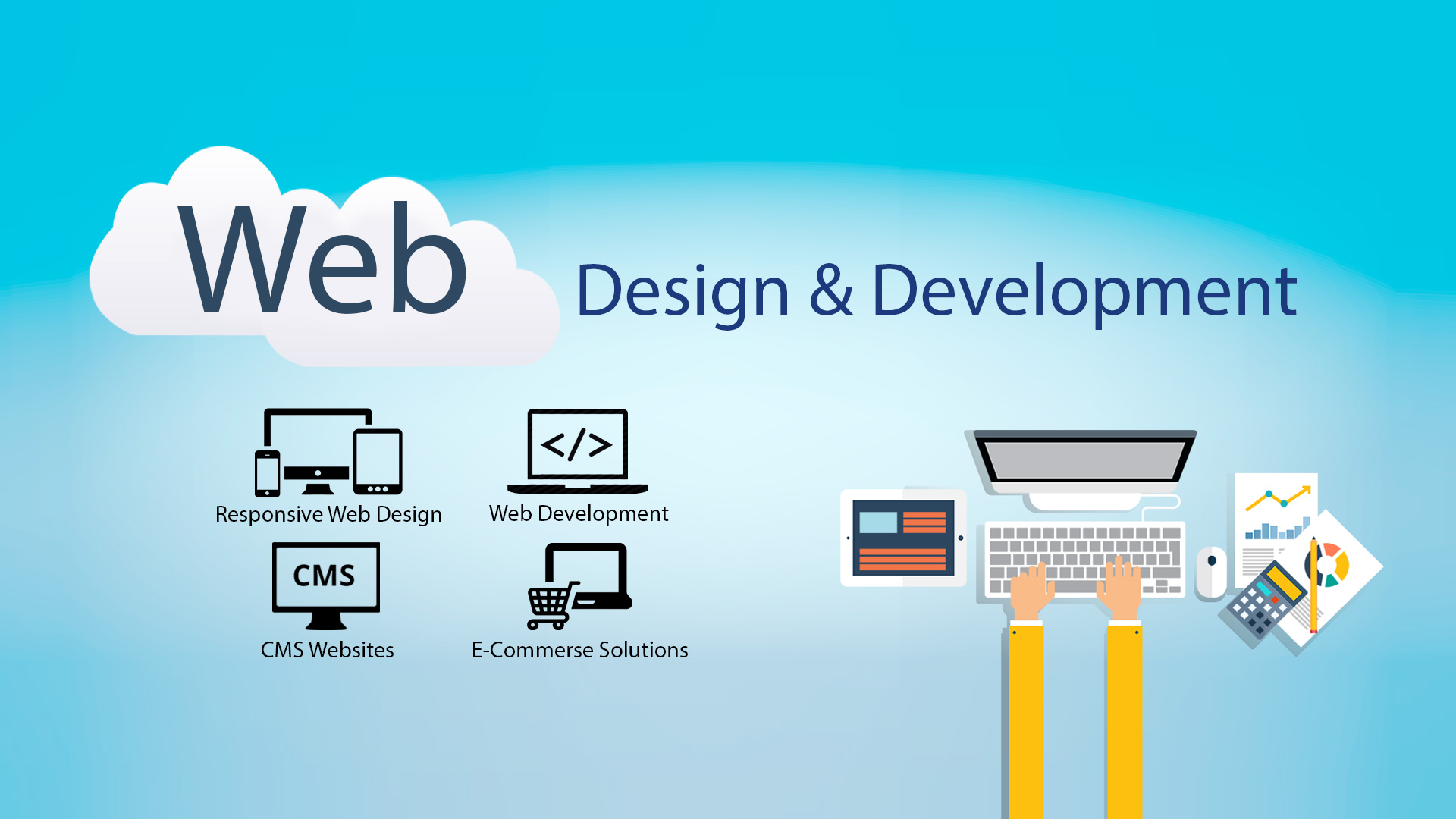In today’s digital age, a strong online presence is essential for businesses and individuals alike. Whether it’s a corporate website, an e-commerce platform, or a personal blog, the design and development of a website play a crucial role in attracting and engaging visitors. In this blog, we’ll delve into the world of web design and development services, exploring its importance, trends, and best practices in creating captivating digital experiences.
The Importance of Web Design
Web design encompasses the visual elements of a website, including layout, color scheme, typography, and imagery. It goes beyond aesthetics, as it also influences usability, functionality, and overall user experience. A well-designed website not only captivates visitors but also communicates brand identity, builds trust, and encourages interaction. In today’s competitive digital landscape, where attention spans are fleeting, effective web design is paramount to capturing and retaining audience attention.
The Role of Web Development
Web development, on the other hand, involves the technical aspects of building a website, such as coding, programming, and server configuration. It brings the design to life, ensuring that the website is functional, responsive, and optimized for performance across different devices and browsers. Web developers use various programming languages and frameworks, such as HTML, CSS, JavaScript, and PHP, to create dynamic and interactive web experiences. Their expertise lies in turning design concepts into seamless and user-friendly websites that meet the needs of both clients and visitors.
Trends in Web Design & Development
The field of web development services is constantly evolving, driven by technological advancements and changing user expectations. Some notable trends shaping the industry include:
- Responsive Design: With the proliferation of mobile devices, responsive design has become a standard practice. Websites must adapt seamlessly to different screen sizes and resolutions, ensuring a consistent and user-friendly experience across desktops, tablets, and smartphones.
- Minimalism: Minimalist design principles, characterized by clean layouts, ample whitespace, and simplified navigation, continue to gain popularity. Minimalist websites focus on essential elements, reducing clutter and enhancing readability, thereby improving user engagement and conversion rates.
- Interactive Experiences: Interactive elements such as animations, transitions, and micro-interactions add depth and personality to websites, making them more engaging and memorable. From scrolling effects to hover animations, interactive experiences captivate visitors and encourage exploration, fostering a deeper connection with the brand.
- Accessibility: Accessibility is increasingly recognized as a fundamental aspect of web design, ensuring that websites are usable and inclusive for all users, including those with disabilities. Web developers incorporate features such as alt text for images, keyboard navigation, and screen reader compatibility to enhance accessibility and reach a broader audience.
Best Practices in Web Design & Development
To create successful websites that stand out in the digital landscape, it’s essential to adhere to best practices in web design and development. Some key principles include:
- User-Centric Design: Design with the end-user in mind, understanding their needs, preferences, and behaviors. Conduct user research, gather feedback, and iterate based on user insights to create intuitive and engaging experiences.
- Performance Optimization: Prioritize speed and performance by optimizing code, compressing images, and minimizing HTTP requests. A fast-loading website not only improves user experience but also boosts search engine rankings and conversion rates.
- Cross-Browser Compatibility: Test websites across different browsers and devices to ensure compatibility and consistency. Address any compatibility issues promptly to provide a seamless experience for all users.
- Continuous Learning and Improvement: Stay updated on the latest trends, technologies, and best practices in web design and development. Continuously learn and evolve your skills to deliver innovative and high-quality solutions that meet the evolving needs of clients and users.
Conclusion
In conclusion, web design and development play a pivotal role in shaping digital experiences in today’s interconnected world. From creating visually stunning designs to implementing robust and user-friendly websites, web designers and developers work hand in hand to craft compelling online presences that resonate with audiences. By embracing trends, adhering to best practices, and prioritizing user experience, businesses and individuals can leverage the power of web design and development to stand out in the competitive digital landscape and achieve their goals.

